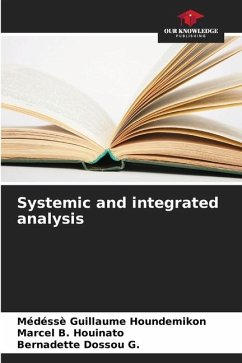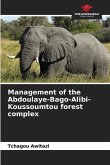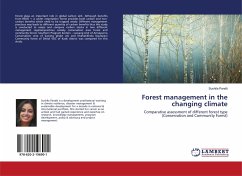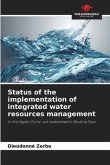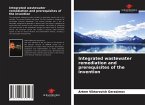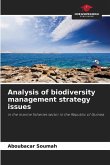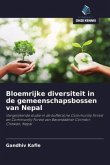The systemic and integrated study of the management of the Gnanhouizounmè community forest enabled us to understand the way in which resources are managed. Several players are involved in management. State structures are not very active. The Participatory Forest Management Committee (COGEPAF) is the most active player. 76.79% of respondents acknowledged its existence. It works in collaboration with various non-governmental organisations to conserve the forest. Long before the arrival of NGOs (CERGET, CIPCRE, OBDD), the old wise men set up a local management system. But with demographic change, this system is becoming increasingly ineffective. The population is still very dependent on the forest. It provides them with a number of resources, the main ones being firewood, timber, game, straw and rope. Anthropogenic pressure is at the root of deforestation. The diachronic study showed that, based on land use maps for 1982, 1996 and 2009, the forest is undergoing deforestation. The annual deforestation rate from 1982 to 2009 is 0.73%.
Bitte wählen Sie Ihr Anliegen aus.
Rechnungen
Retourenschein anfordern
Bestellstatus
Storno

